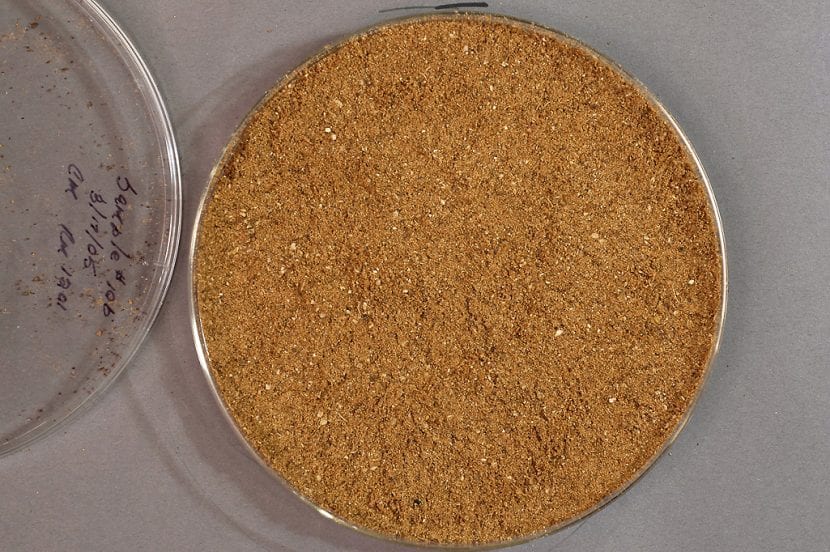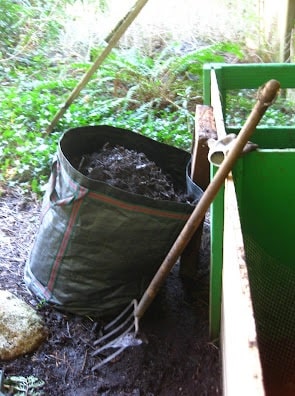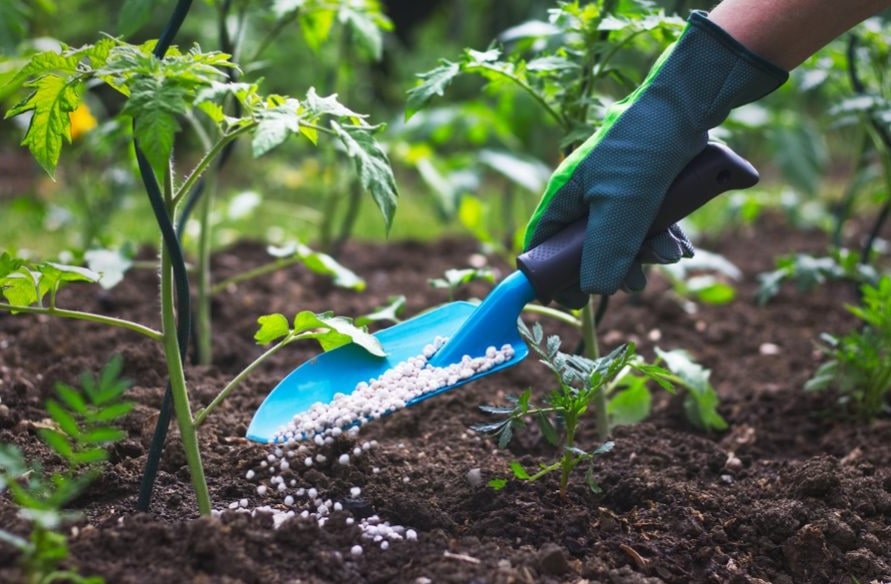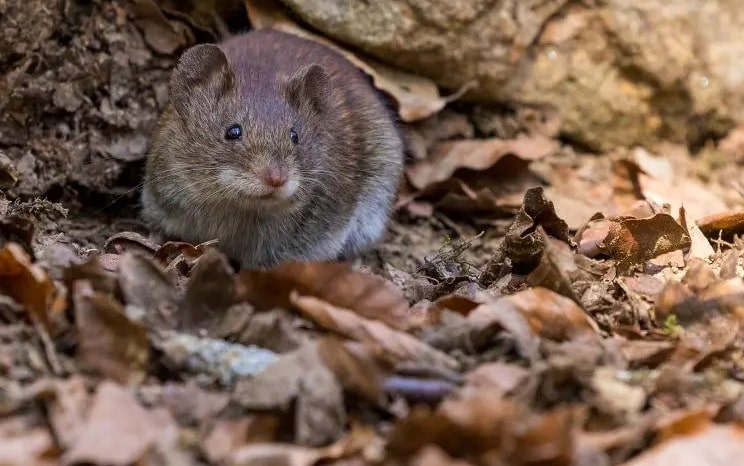When we grow plants, especially if they are for human consumption, the ideal is to always use natural products because even if we take all possible precautions, we can never be safe with those that are synthetic (chemical). One of these natural wonders is bone meal.

You may not like your name much, but it is one of the best ways to ensure a perfect development of plants.
Contents
What is it?
It is a natural compost made from animal bones and waste. It has been used since 19th century European agriculture. It was also used as a calcium supplement for humans, but in 1980, it was discovered that it contained components that were toxic to health, so since then, it has been used to make our plants grow healthy and strong.
Why is it so interesting?
Bone meal is a fertilizer very rich in phosphorus, the essential nutrient for the growth and development of plants, especially the green parts (leaves, stems) because it participates in such important processes as photosynthesis, and as if that were not enough, it also helps to produce flowers, seeds and fruits. And of course, it also contains a lot of calcium.
With a regular supply of this type of flour, our plants will be green, healthy, and will have enough energy to grow at a rate adapted to their species (neither too slow nor too fast).
Its composition in NPK (nitrogen, phosphorus and potassium) is generally between 3-15-0 and 2-22-0.
When to use it and what is the dosage?
Being a natural product can be used at any time of the year, being particularly recommended at the time of transplanting (in spring or autumn) and before flowering. The dose will be indicated on the package, but they are usually about 5-10 grams per liter of pot capacity. For example: if the pot is 3 liters, 15 to 30 grams will be added to the plant.
Is it suitable for all crops?
The truth is that it is not. There are four groups of plants that should not be fertilized with bone meal, namely:
Carnivorous: having evolved to obtain nutrients from the prey they trap, the roots are not capable of absorbing nutrients from fertilizers, and in fact, they should never be fertilized because they could be lost.
Acid-loving plants: Japanese maples, camellias, azaleas, … should not be paid with this type of fertilizer (not always, at least) because as it contains a lot of calcium, it could end up raising the pH of the soil, which would eventually cause problems (chlorosis).
Succulents: cacti, coarse and caudex plants have a root system that literally doesn’t know what to do with organic compost of this type since the soil of their natural habitat contains only minerals. Using bone meal with these plants would be a waste of time and money.








